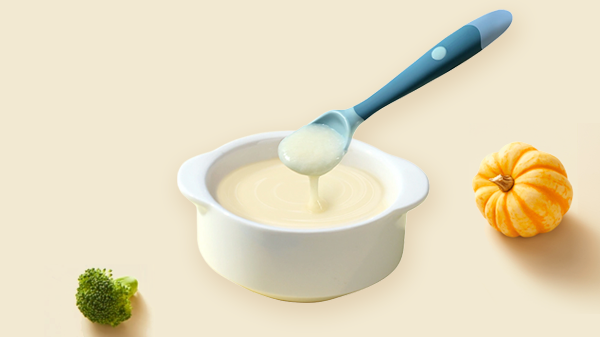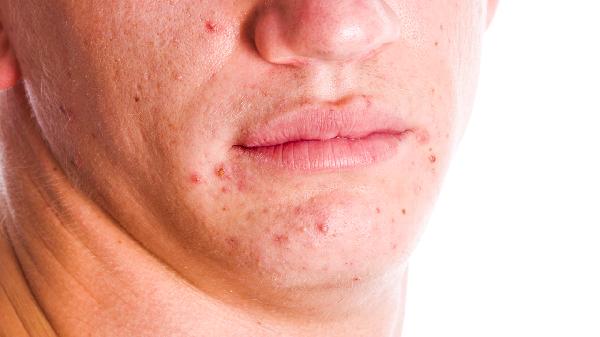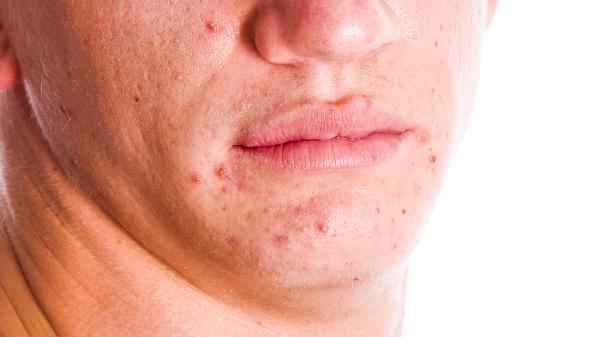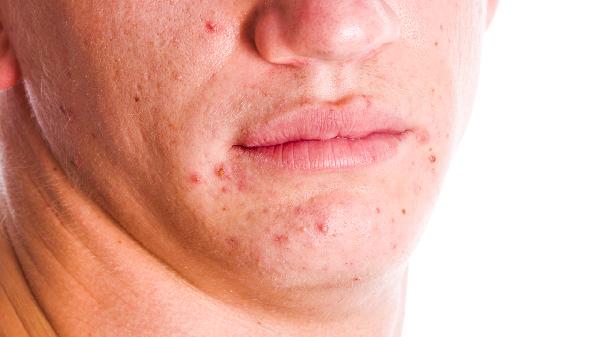Introducing solid foods to babies is a major milestone in every family's parenting journey. Imagine the little one tasting something other than breast milk or formula for the first time—that expression of sheer novelty is simply priceless. However, with the introduction of solid foods, parents also start to worry about one thing: how to prevent food allergies in their baby? Don’t worry, today we’ll talk about this topic, allowing you to enjoy the adventure of baby’s culinary exploration while avoiding the "minefield" of allergies.

1. Choose the Right Timing
A baby’s digestive and immune systems gradually mature after birth. Typically, babies can start trying solid foods between 4 to 6 months of age. At this stage, their digestive enzymes can handle some simple solid foods, and their immune systems begin to develop tolerance to external foods. Introducing solid foods too early or too late may increase the risk of allergies.
2. Start with Single Ingredients
When introducing solid foods, it’s recommended to start with single ingredients. For example, begin with plain rice cereal, observe for a few days, and if no allergic reactions occur, gradually introduce other foods like vegetable purees or fruit purees. This way, if an allergic reaction does occur, parents can more easily identify the allergen and adjust the diet promptly.
3. Gradually Introduce High-Allergen Foods
Some foods, such as eggs, milk, peanuts, nuts, fish, and shellfish, are considered high-allergen foods. Parents don’t need to be overly anxious about these but should introduce them cautiously. After the baby has adapted to other solid foods, you can gradually try these high-allergen foods. Introduce only one at a time and observe the baby’s reaction. If no allergic symptoms appear, you can continue introducing other high-allergen foods.
4. Pay Attention to Food Preparation Methods
The way food is prepared can also affect its allergenicity. For example, cooked foods are generally less likely to cause allergies than raw foods. Therefore, when preparing baby food, opt for cooking or steaming methods and avoid raw or undercooked foods.
5. Monitor the Baby’s Reaction
After introducing a new food, parents need to closely monitor the baby’s reaction. If symptoms like rashes, diarrhea, vomiting, or difficulty breathing occur, it may indicate an allergy to a specific food. In such cases, stop feeding that food immediately and consult a doctor.
6. Maintain Dietary Diversity
While preventing allergies is important, it shouldn’t come at the cost of limiting the baby’s dietary diversity. A varied diet helps the baby obtain comprehensive nutrition and supports the development of the immune system. While ensuring safety, parents should encourage the baby to try a variety of foods and cultivate healthy eating habits.
The process of introducing solid foods to a baby is like a culinary adventure, full of unknowns and surprises. As parents, we aim to provide our babies with rich taste experiences while carefully avoiding the "minefield" of allergies. By choosing the right timing, starting with single ingredients, gradually introducing high-allergen foods, paying attention to food preparation methods, monitoring the baby’s reaction, and maintaining dietary diversity, we can effectively prevent allergies and help our babies grow up healthy and happy. Remember, every baby is unique, and their dietary needs and reactions to foods will vary. Therefore, during the process of introducing solid foods, parents need to adjust strategies flexibly based on the baby’s actual situation to ensure their health and safety.
























